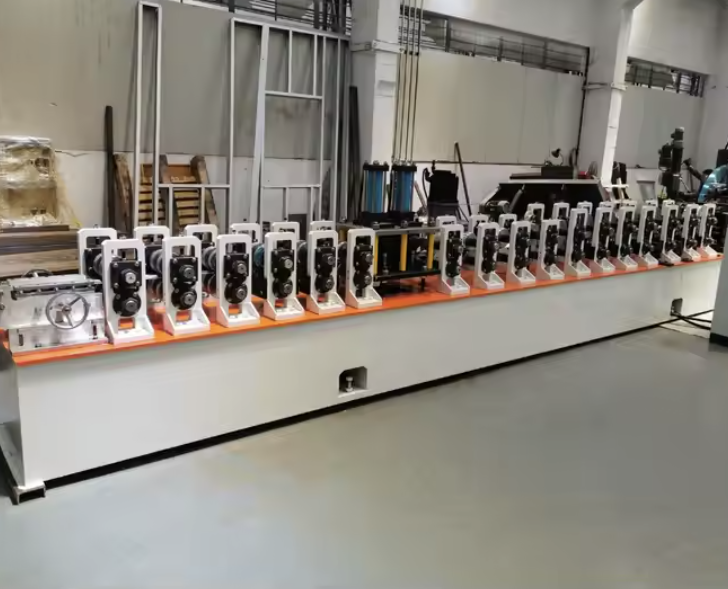
Posted on Wednesday, February 1, 2023
Roll forming machines are an integral part of the metalworking and construction industries in Spain. With growing demand for steel, aluminum, and other metal profiles, Spain has become a hub for industries that rely on roll forming technology. This article explores the most popular roll forming machines in Spain, detailing the types, specifications, profiles used, industries served, and regions where they are most commonly employed. It also includes insights on maintenance, troubleshooting, benefits, and limitations, along with a section on how Machine Matcher can help with inspection and purchasing.
Several types of roll forming machines dominate the Spanish market due to the country's strong presence in the construction, automotive, and renewable energy sectors. Below are the most widely used roll forming machines in Spain:
Specifications:
Roller Material: High-strength steel or chrome-plated rollers
Frame Size: Heavy-duty steel frame
Motor: 5–7.5 kW electric motor
PLC System: Fully automated with user-friendly HMI interface
Speed: 10–25 m/min
Cutting System: Hydraulic cutting with tolerance ±1mm
Profiles Used: Trapezoidal, corrugated, and standing seam profiles
Industries: Construction, real estate, and roofing companies
Main Cities: Madrid, Barcelona, Valencia, Seville, Bilbao
Specifications:
Roller Material: High-grade steel with hard chrome coating
Motor: 7.5–15 kW electric motor
Frame Size: Sturdy welded steel structure
Cutting System: Hydraulic post-cut system
PLC System: Fully automated with servo motor for precision
Speed: 15–25 m/min
Profiles Used: C and Z purlins with variable sizes and thicknesses
Industries: Structural engineering, industrial construction, steel buildings
Main Cities: Zaragoza, Malaga, Murcia, Bilbao
Specifications:
Roller Material: Chrome-plated steel rollers
Motor: 15–22 kW depending on thickness and speed
Frame Size: Heavy-duty H-beam frame
PLC System: Mitsubishi or Siemens PLC control
Cutting System: Hydraulic cut-off with high precision
Speed: 10–20 m/min
Profiles Used: Metal deck profiles used in high-rise buildings and mezzanine floors
Industries: Construction, civil engineering, and real estate development
Main Cities: Madrid, Valencia, Barcelona, Alicante, Malaga
Specifications:
Roller Material: Hardened steel rollers
Frame Size: Heavy-duty steel frame
Motor: 5–10 kW depending on machine size
PLC System: Advanced PLC control with servo motors
Speed: 20–30 m/min
Cutting System: Hydraulic cutting for precision and durability
Profiles Used: Studs, tracks, and drywall channels
Industries: Interior construction, partitioning, drywall systems
Main Cities: Madrid, Barcelona, Valencia, Granada, Seville
Specifications:
Roller Material: High-grade steel with chrome plating
Motor: 30–50 kW depending on profile complexity
Frame Size: Heavy-duty welded frame
PLC System: Siemens or Mitsubishi control system
Speed: 5–15 m/min
Cutting System: Hydraulic cutting for maximum precision
Profiles Used: W-beam and thrie-beam guardrails
Industries: Highway and road safety industries
Main Cities: Madrid, Seville, Valencia, Bilbao, Malaga
Construction Sector: Roofing, decking, and steel structures
Automotive Industry: Manufacturing components and structural profiles
Renewable Energy: Solar panel mounting structures
Agriculture: Greenhouse structures, vineyard posts, and fencing solutions
Highway Safety: Guardrails and crash barriers
Spain has a growing number of domestic and international manufacturers that supply high-quality roll forming machines. Some of the leading manufacturers include:
Fagor Arrasate: A renowned company producing roll forming lines for the automotive and construction sectors.
Dimeco Group: Known for flexible roll forming solutions with international standards.
Eurecat: Specializing in innovative roll forming solutions catering to the steel and automotive industries.
Metfab Machines: Offers a variety of roll forming machines with customized configurations.
Machine Setup:
Level the machine and ensure proper alignment
Load the coil and adjust the tension
Set up the rollers and calibrate for desired profile
Connect the power supply and configure the PLC system
Machine Operation:
Monitor the coil feed and profile alignment
Adjust cutting length and profile thickness as needed
Perform trial runs to verify profile accuracy
Regularly lubricate rollers and check alignment for long-term efficiency
Daily Maintenance:
Clean rollers and lubricate moving parts
Inspect the cutting system for wear and tear
Check hydraulic levels and pressure
Weekly Maintenance:
Verify roller alignment and check for loose bolts
Inspect control systems and PLC operation
Monitor safety guards and enclosures
Annual Maintenance:
Conduct a thorough inspection of the electrical system
Replace worn-out rollers and hydraulic seals
Update PLC software and perform system diagnostics
Profile Misalignment: Adjust the roller positions and tension
Uneven Cutting: Check hydraulic system pressure and blade sharpness
PLC System Malfunctions: Reset the system and verify configuration
Machine Vibration: Ensure proper foundation and roller alignment
Excess Material Waste: Adjust feed tension and cutting precision
Profile Complexity: Limited to profiles that can be incrementally bent
Material Thickness: Difficulty with excessively thick or thin materials
Initial Setup Time: Time-consuming initial calibration and alignment
Space Requirements: Larger machines need considerable factory space
High Production Efficiency: Continuous process with minimal downtime
Customizable Profiles: Flexibility in producing a wide range of profiles
Cost-Effective Production: Reduced material wastage and labor costs
Consistent Quality: Uniformity and high precision in output
Minimal Manual Intervention: Automated PLC systems enhance reliability
Installation Steps:
Prepare the site and install a solid foundation
Position and level the machine
Connect the power supply and hydraulic system
Install and calibrate rollers and cutting systems
Commissioning Process:
Conduct a dry run to verify alignment and speed
Fine-tune roller positions for accurate profiling
Test hydraulic cutting and profile consistency
Ensure safety measures are functional before full operation
Safety Protocols: Ensure all safety enclosures and guards are in place
Regular Lubrication: Maintain roller smoothness and avoid friction
PLC Monitoring: Continuously monitor system parameters
Emergency Stop Procedures: Train operators on quick shutdown processes
EN ISO 12100: Safety of machinery—general principles
EN 60204-1: Safety of electrical equipment of machines
EN ISO 13849: Safety-related parts of control systems
CE Certification: Compliance with European safety regulations
Purchasing a roll forming machine involves careful inspection, specification matching, and evaluating international standards. Machine Matcher simplifies this process by offering:
Inspection Services: Thorough pre-purchase inspection to ensure machine quality.
Profile Matching: Identifying the best machine to meet your profile requirements.
Supplier Verification: Working only with verified manufacturers and suppliers.
Expert Guidance: Professional advice on machine setup, commissioning, and troubleshooting.
Competitive Pricing: Offering the best price range for international buyers.
Speak to one of our roll forming machine experts today:
UK: +44 20 335 56554
USA: +1 407 559 7948
Europe: +32 460 24 13 95
WhatsApp: +44 20 335 56554
Email: [email protected]
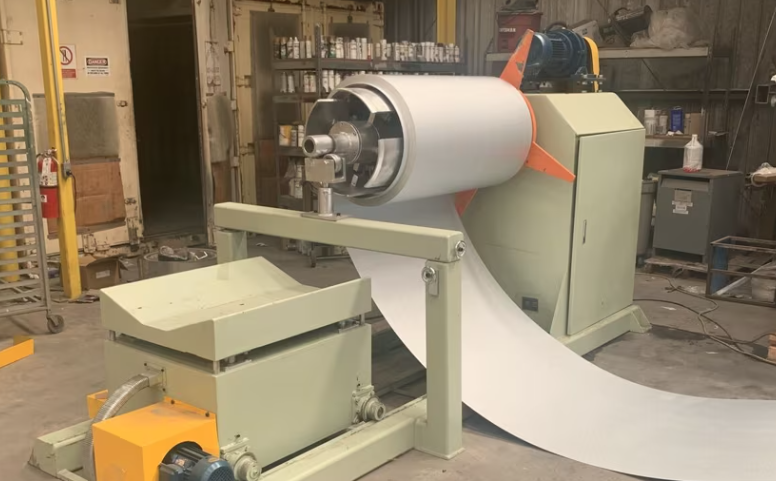
Understanding Coil IDs, Mandrel Sizing, and Shear Pin Safety in Uncoilers
Posted on Wednesday, October 1, 2025
Mismatched sizes can lead to machine damage, downtime, and safety hazards — often evidenced by a shear pin failure.
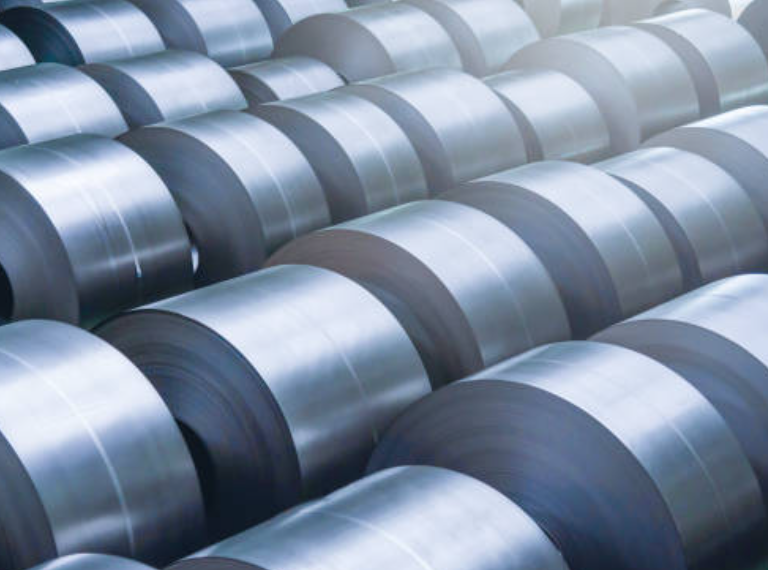
How Coil Tensile Strength Affects Roll Forming and How to Adjust Your Machine
Posted on Wednesday, October 1, 2025
Changes in tensile strength can significantly affect the finished profile, causing misaligned bends, uneven edges, and out-of-spec parts.
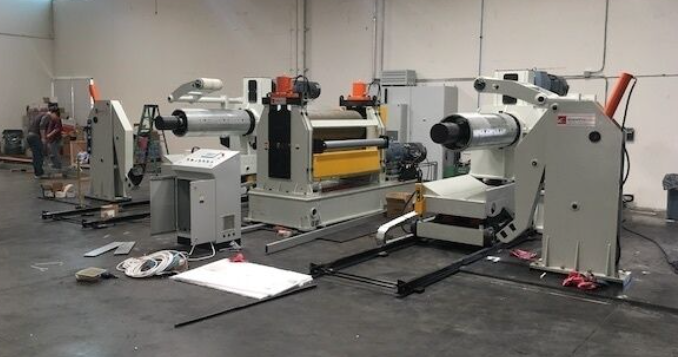
Why Paint Cracks on an Embossing Line Running Pre-Painted Coil and How to Prevent It
Posted on Wednesday, October 1, 2025
This issue not only affects the visual quality of the product but can also lead to increased scrap rates and customer complaints.
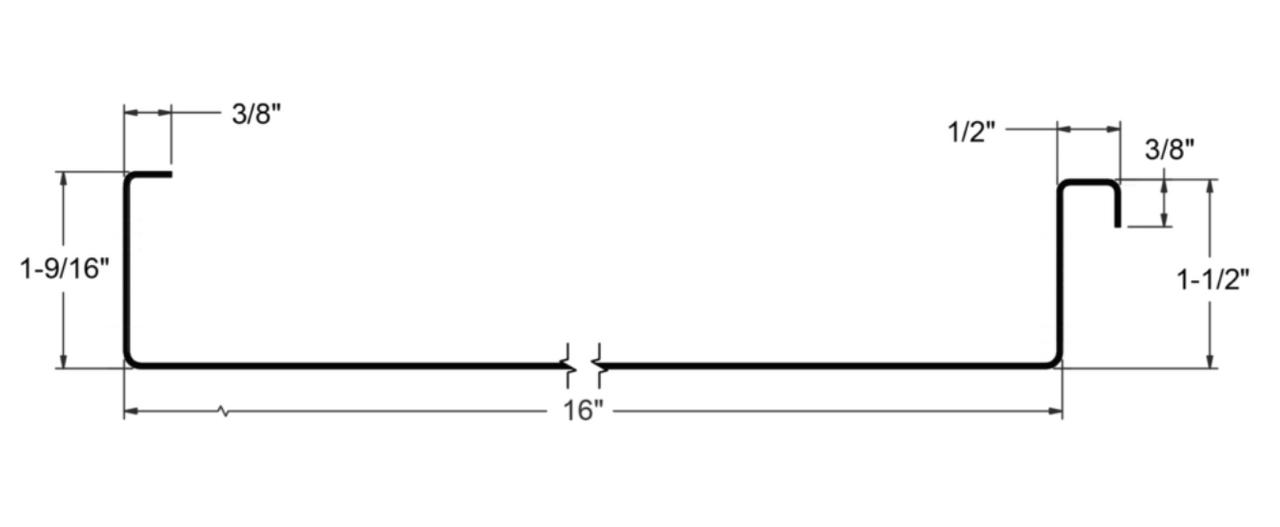
The Most Popular Standing Seam Metal Roof Panels in the U.S. — A Comprehensive Guide
Posted on Monday, September 29, 2025
In this post, we’ll explore what panel styles and sizes are most popular in the U.S